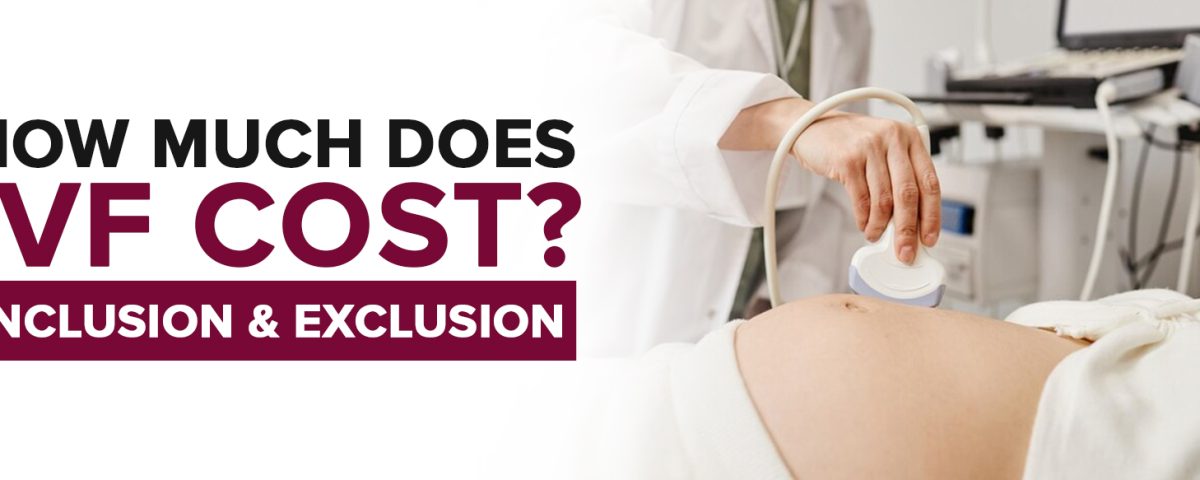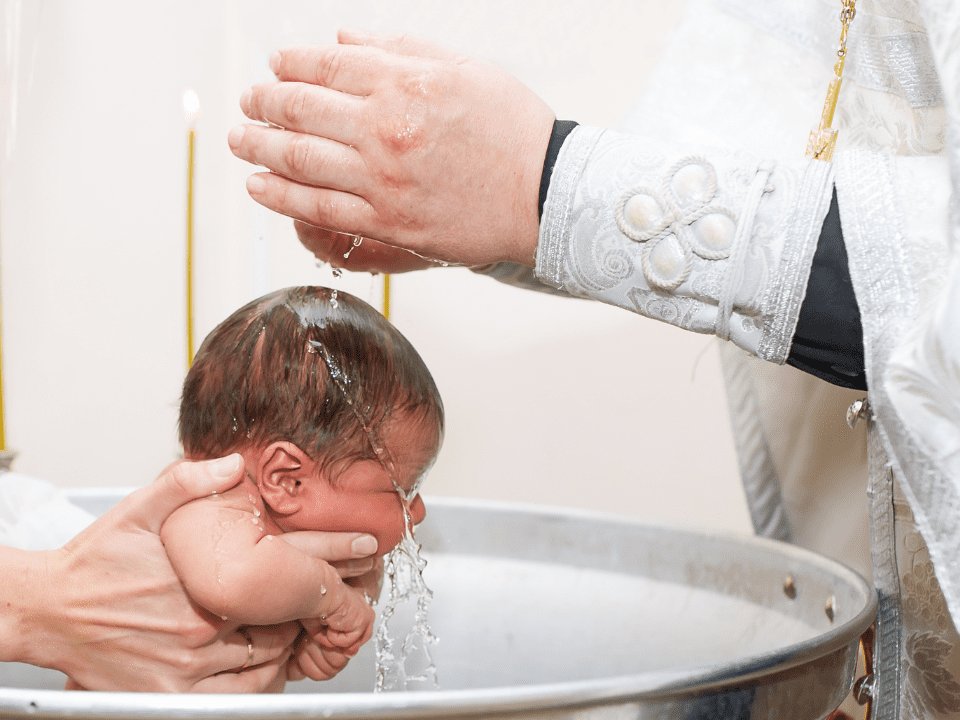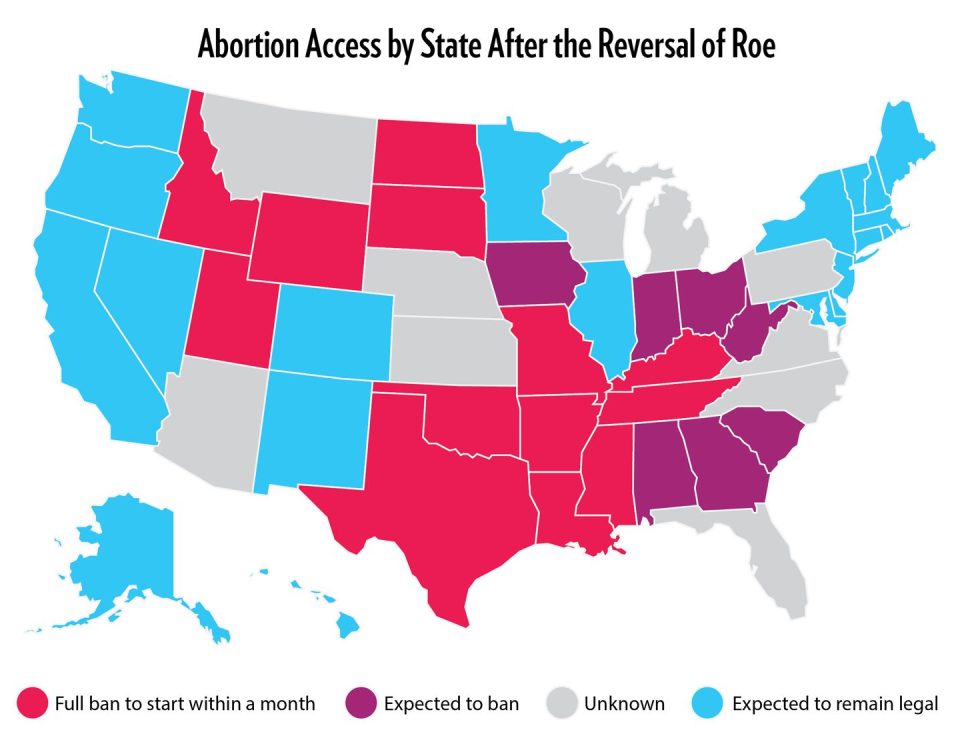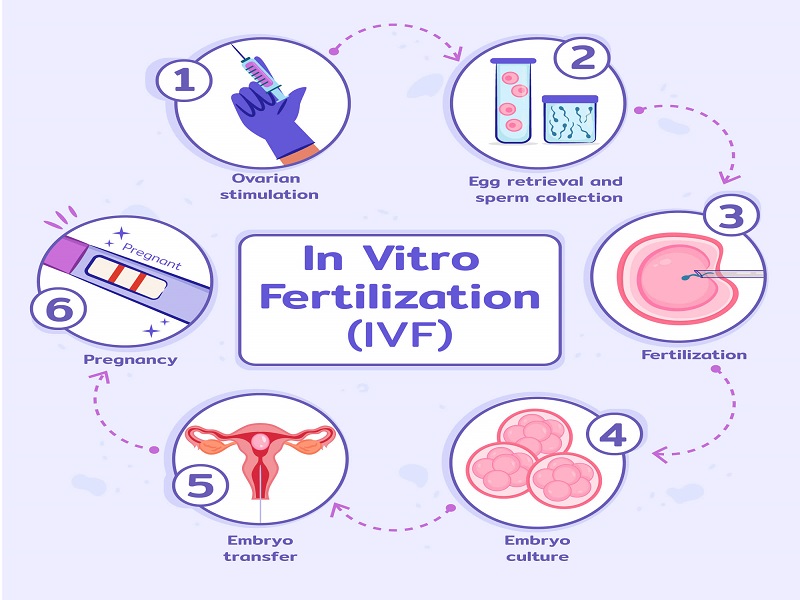
When Was IVF Invented? A Deep Dive into the History and Future of In Vitro Fertilization
April 14, 2025
How Successful Is IVF? Your Guide to Understanding the Odds and Boosting Your Chances
April 14, 2025How Much Does IVF Cost? Your Complete Guide to Understanding the Price of In Vitro Fertilization
In vitro fertilization (IVF) is a life-changing option for many people dreaming of starting a family. But if you’re considering it, one big question probably keeps popping up: How much is this going to cost me? The truth is, IVF isn’t cheap, and the price can feel overwhelming at first. Don’t worry, though—I’ve got you covered. This guide will break down everything you need to know about IVF costs in 2025, from the basics to the hidden fees, and even some fresh ways to make it more affordable. Whether you’re just starting to explore fertility treatments or you’re ready to dive in, you’ll walk away with a clear picture of what to expect.
Let’s get into it.
What Is IVF, and Why Does It Cost So Much?
IVF is a process where doctors take eggs from a woman’s ovaries, fertilize them with sperm in a lab, and then place the resulting embryo back into the uterus to grow into a baby. It’s a high-tech solution for people facing infertility, and it’s been helping families for over 40 years—since the first IVF baby, Louise Brown, was born in 1978.
So why does it come with such a hefty price tag? Think of IVF like building a custom house. You’ve got skilled workers (doctors and lab techs), specialized tools (like ultrasound machines and lab equipment), and a timeline that needs careful planning. Plus, every step—medications, egg retrieval, embryo transfer—adds up. In the U.S., a single IVF cycle typically ranges from $12,000 to $25,000, but that’s just the starting point. Costs vary depending on where you live, your specific needs, and what extras you might add on.
Here’s a quick snapshot of why IVF isn’t a one-size-fits-all price:
- Medications: These can cost $3,000 to $7,000 per cycle, depending on how much you need.
- Lab Work: Fertilizing eggs and growing embryos takes advanced tech and expertise.
- Doctor Visits: Regular checkups and procedures add to the bill.
- Location: Big cities with higher living costs often mean pricier clinics.
Ready to dig deeper? Let’s break it down step by step.
The Basic Breakdown: What You’re Paying For in an IVF Cycle
An IVF cycle isn’t just one flat fee—it’s a series of steps, each with its own cost. Here’s what a typical $12,000 to $25,000 cycle covers in 2025, based on the latest data and trends.
Step 1: Initial Consultation and Testing
Before anything starts, you’ll meet with a fertility specialist. They’ll run tests—blood work, ultrasounds, maybe a semen analysis—to figure out what’s going on. This usually costs $250 to $500, though it can climb higher if you need extra diagnostics. Think of it as the foundation: you can’t build without knowing the ground you’re working on.
Step 2: Ovarian Stimulation Medications
Next, you’ll take drugs to help your ovaries produce multiple eggs. These aren’t your average pills—they’re injectable hormones like follicle-stimulating hormone (FSH) or human menopausal gonadotropin (hMG). Depending on your body’s response, this can run $3,000 to $7,000. Some people need more, some less, but it’s a big chunk of the total.
Step 3: Egg Retrieval
Once your eggs are ready, a doctor uses a needle guided by ultrasound to collect them. This minor surgery happens under sedation and costs $3,000 to $5,000, including anesthesia and facility fees. It’s quick—about 15 to 30 minutes—but it’s a critical piece of the puzzle.
Step 4: Fertilization and Embryo Culture
In the lab, your eggs meet the sperm (either from a partner or donor). Sometimes, doctors use a technique called intracytoplasmic sperm injection (ICSI) to boost success, which adds $1,000 to $2,000. Growing the embryos for a few days in a special incubator is included in the base lab fee, usually $3,000 to $5,000.
Step 5: Embryo Transfer
Finally, the embryo is placed into the uterus. This is a simpler procedure—no sedation needed—and costs about $1,500 to $3,000. If you’re freezing embryos for later, add another $500 to $1,000 per year for storage.
Here’s a handy table to see it all at a glance:
| Step | Cost Range | What’s Included |
|---|---|---|
| Initial Consultation | $250 – $500 | Tests, doctor visit |
| Medications | $3,000 – $7,000 | Hormone injections |
| Egg Retrieval | $3,000 – $5,000 | Surgery, sedation, facility |
| Lab Work (Fertilization) | $3,000 – $5,000 | ICSI (optional), embryo growth |
| Embryo Transfer | $1,500 – $3,000 | Procedure to place embryo in uterus |
| Total Base Cost | $12,000 – $25,000 | Full cycle, no extras |
This is the “base model.” But just like buying a car, there are optional upgrades—and unexpected twists—that can change the price.
Hidden Costs You Might Not Expect
The base price is only part of the story. IVF often comes with extras that can catch you off guard if you’re not prepared. Here are some costs that don’t always make the headlines but can add thousands to your bill.
Preimplantation Genetic Testing (PGT)
Want to check your embryos for genetic issues before transfer? PGT screens for things like Down syndrome or inherited diseases. It’s a game-changer for some families, but it’ll cost you $3,000 to $6,000 per cycle, plus $200 to $500 per embryo tested. In 2025, more clinics are offering this, especially for older parents or those with a family history of genetic conditions.
Donor Eggs or Sperm
If your eggs or sperm aren’t viable, you might use a donor. Donor eggs are pricey—$20,000 to $45,000 per cycle—because they include the donor’s compensation, screening, and retrieval process. Donor sperm is cheaper, around $500 to $1,500 per vial, but you might need multiple vials. Posts on X in early 2025 show people shocked at these numbers, with some calling it a “luxury add-on.”
Frozen Embryo Transfers (FET)
Not everyone transfers an embryo right away. Freezing extras for later cycles is smart—it gives you more chances without starting over. Each FET costs $3,000 to $5,000, plus that yearly storage fee. A 2023 study from the American Society for Reproductive Medicine found FET success rates are climbing, making this a popular choice.
Travel and Time Off Work
Live far from a clinic? Travel costs—gas, flights, hotels—add up fast. And don’t forget time off work for appointments and recovery. A 2024 Stanford study estimated couples lose $2,000 to $5,000 in wages per cycle, a cost rarely mentioned but very real.
Multiple Cycles
Here’s the kicker: most people don’t get pregnant on the first try. The CDC says only about 34% of IVF cycles lead to a live birth for women under 35—and that drops with age. The average patient needs 2 to 3 cycles, pushing the total cost to $24,000 to $75,000. That’s a big range, and it’s why planning ahead matters.
Feeling overwhelmed? Let’s lighten it up with a quick quiz.
Quiz: What’s Your IVF Cost Personality?
Take a minute to see what might drive your IVF bill:
- How old are you?
- A) Under 35
- B) 35-40
- C) Over 40
- Do you want genetic testing?
- A) Yes
- B) No
- C) Not sure
- Will you use donor eggs or sperm?
- A) Yes
- B) No
- C) Maybe
Results:
- Mostly A’s: You’re looking at $15,000-$30,000 with higher success odds.
- Mostly B’s: Stick to the base range, $12,000-$25,000.
- Mostly C’s: Brace for $20,000-$50,000 with extras.
No matter your answers, these hidden costs show why IVF feels like a financial maze. But there’s hope—let’s talk about what affects the price next.
What Makes IVF Costs Go Up or Down?
IVF isn’t the same price everywhere, and your situation plays a huge role. Here’s what can shift the numbers.
Your Age
Age is a biggie. Younger women (under 35) often need less medication and have higher success rates, keeping costs closer to $12,000 per cycle. Over 40? You might need more drugs or donor eggs, pushing it toward $25,000 or more. A 2024 study from Yale Medicine found women over 40 spend 30% more on average due to lower egg quality.
Where You Live
Location matters. In New York City or Los Angeles, where rent and salaries are sky-high, a cycle might hit $20,000-$25,000. In smaller towns or states like Texas, it could dip to $12,000-$15,000. Posts on X in 2025 highlight this gap—someone in Alabama paid $14,000, while a Californian shelled out $22,000 for the same basic package.
Insurance Coverage
Here’s a wild card: insurance. Only 19 states in the U.S. mandate some fertility coverage as of 2025, and even then, it’s spotty. If you’re lucky, insurance might cover $5,000-$10,000 per cycle. Without it, you’re on the hook for everything. A 2024 SIEPR study found lower-income families drop out of IVF faster when coverage ends, showing how critical this is.
Clinic Quality
Not all clinics are equal. Top-tier ones with high success rates—like those boasting 50%+ live births—charge more, sometimes $20,000-$30,000. Budget clinics might offer $10,000 cycles, but their success rates could be lower. It’s a trade-off: pay more for better odds or save now and risk extra cycles later.
Your Health
Got PCOS or endometriosis? Conditions like these can mean more meds or procedures, bumping costs up by $2,000-$5,000. Men with low sperm counts might need ICSI, too. Your body’s quirks shape the bill.
See how it all fits together? Now, let’s explore some fresh angles other guides might skip.
Beyond the Basics: 3 Costs You Haven’t Heard Enough About
Most articles stick to the standard breakdown, but there’s more to the story. Here are three under-discussed factors that can change your IVF budget—and your experience.
Emotional Support Costs
IVF isn’t just physical—it’s an emotional rollercoaster. Therapy or counseling isn’t cheap, running $100-$200 per session. A 2024 study from Stanford Health Policy found infertile couples face higher rates of anxiety and divorce, yet few budget for mental health support. Adding $500-$1,000 for a few sessions could save your sanity—and your relationships.
Practical Tip: Look for online support groups or sliding-scale therapists. Some clinics even offer free counseling—ask!
Natural Cycle IVF
Ever heard of IVF without all the drugs? Natural cycle IVF skips heavy medications, relying on your body’s one egg per month. It’s cheaper—$5,000 to $8,000 per cycle—but success rates are lower (around 10%-20% vs. 34% for standard IVF). A 2023 PMC review called it a “low-cost frontier,” especially for women who can’t handle hormones. It’s not for everyone, but it’s a hidden gem worth exploring.
Practical Tip: If you’re young and healthy, ask your doctor if this could work. It’s less invasive and easier on your wallet.
Post-IVF Pregnancy Expenses
Success! You’re pregnant—but the costs don’t stop. Prenatal care, delivery (vaginal: $13,000-$18,000; C-section: $17,000-$22,000), and newborn expenses pile up fast. X posts in 2025 show new parents blindsided by this, with one tweeting, “IVF was $20K, then birth hit me for another $15K!” Plan for $30,000-$50,000 total from start to baby.
Practical Tip: Start a savings fund early. Even $100 a month during IVF prep can soften the blow.
These extras don’t get enough airtime, but they’re real. Now, let’s talk money-saving hacks.
How to Cut IVF Costs Without Cutting Corners
IVF’s price can feel like a mountain, but there are paths to make it more manageable. Here are some proven strategies—and a few new ideas—to lighten the load.
Shop Around
Clinics vary wildly. Call 3-5 in your area and compare base fees, success rates, and what’s included. A 2023 Grand View Research report says the IVF market is growing, so competition’s heating up—use it to your advantage. One couple saved $4,000 by driving an hour to a cheaper clinic.
Look for Discounts or Packages
Some clinics offer multi-cycle packages—say, $25,000 for 3 tries instead of $15,000 each. Others have “shared risk” programs: pay upfront, and if it doesn’t work, you get a partial refund. These can drop your per-cycle cost by 20%-30%.
Check Insurance Loopholes
Even without full coverage, some plans cover parts—like meds or testing. Dig into your policy or call HR. A friend of mine got $2,000 in meds covered because her plan didn’t exclude “infertility drugs” outright.
Finance It
Loans or payment plans can spread the cost. Fertility-specific lenders like Future Family offer rates as low as 6%-10%, turning $20,000 into $400 monthly payments. Credit cards work too, but watch those interest rates.
Go Mini-IVF
Similar to natural cycle IVF, mini-IVF uses fewer drugs (think $500-$1,500 vs. $5,000). Success rates are slightly lower, but a 2023 StatPearls study found it’s just as effective for some patients—and way cheaper.
Poll: What’s Your Top Money-Saving Idea?
What sounds most doable for you?
- A) Comparing clinics
- B) Multi-cycle deals
- C) Mini-IVF
- D) Financing
Drop your pick in the comments—I’m curious!
These tricks can shave thousands off your bill. But what’s the latest buzz on IVF costs? Let’s check the trends.
2025 Trends: What’s New in IVF Pricing
IVF isn’t static—costs and options shift with time. Here’s what’s making waves in 2025, based on recent research and chatter on platforms like X.
Rising Demand, Rising Costs
The global IVF market hit $25.3 billion in 2023 and is expected to reach $37.4 billion by 2030, per Grand View Research. More demand means clinics can charge more—base cycles are creeping toward $15,000-$20,000 in urban areas. But it’s also driving innovation.
Affordable Tech Breakthroughs
A 2023 PMC study highlighted a simplified culture system that cuts lab costs by up to 90%. It’s not everywhere yet, but clinics adopting it could offer cycles for $8,000-$12,000 soon. Keep an eye out—this could be huge for affordability.
Insurance Push
X posts in 2025 show growing calls for better coverage, especially after a February White House order urged expanded IVF access. If more states mandate insurance, out-of-pocket costs could drop by 50% for millions. Fingers crossed!
DIY Cost Calculators
Clinics are rolling out online tools to estimate your bill based on age, health, and extras. I tested one from a Boston clinic—plugged in my age (32) and got a $16,000 estimate. It’s not perfect, but it’s a start.
These shifts could reshape your IVF journey. Now, let’s wrap it up with a real story.
A Real-Life IVF Cost Journey: Sarah’s Story
Meet Sarah, a 36-year-old teacher from Ohio. She and her husband, Mike, started IVF in 2024 after two years of trying naturally. Their first cycle cost $18,000—$12,000 base, $4,000 in meds, and $2,000 for ICSI. No luck. Cycle two added PGT ($4,500), pushing it to $22,500. Still nothing. By cycle three, they switched clinics, got a multi-cycle deal for $28,000, and froze embryos. Success—a baby girl in March 2025. Total spent? $68,500, plus $15,000 for delivery.
Sarah’s takeaway? “Start saving early, and don’t skip the research. Every dollar counts.” Her story shows the ups, downs, and real numbers behind IVF.
Your Next Steps: Making IVF Work for You
IVF costs are a lot to take in, but you’re not alone. Whether it’s $12,000 or $75,000, the key is planning. Start by:
- Talking to a Doctor: Get a personalized estimate.
- Budgeting: Save $200-$500 a month now.
- Researching: Compare clinics and ask about deals.
- Checking Insurance: Even partial coverage helps.
You’ve got this. IVF might be a big investment, but for many, it’s the path to a family. What’s your first move? Let me know—I’m here to cheer you on!




